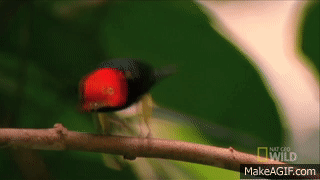#Manakin
Text

Golden-collared Manakin
2K notes
·
View notes
Text

Araripe Manakin (Antilophia bokermanni), male, family Pipridae, order Passeriformes, endemic to Brazil
ENDANGERED.
photograph by Thiago T. Silva
567 notes
·
View notes
Text

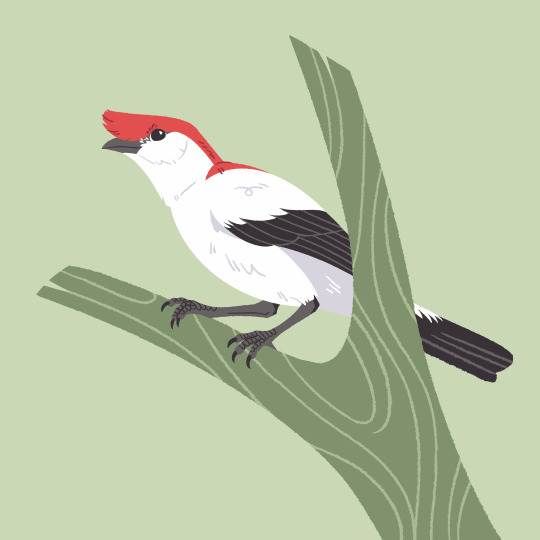
Guadalupe Murrelet & Araripe Manakin #avianaugust!
carrd / patreon
#draw#avianaugust#avianaugust2023#guadalupe murrelet#xantus's murrelet#murrelet#araripe manakin#manakin
349 notes
·
View notes
Text

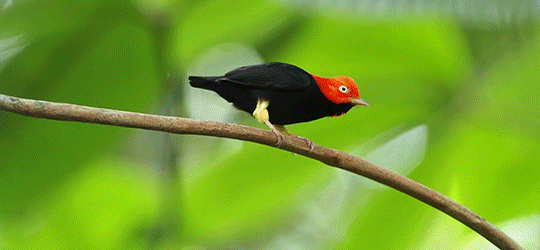
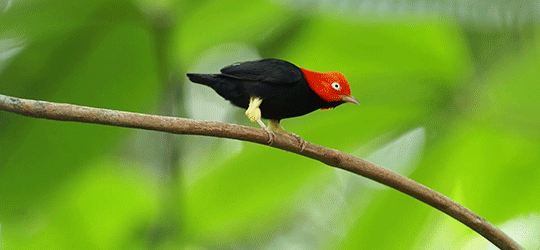
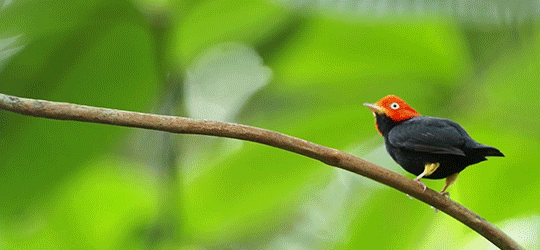


Manakin bird mating dance
#manakin#bird#costa rica#jungle#aves#passeriformes#mating display#request#earthandsunandmoon#idk about y'all but... I'M seduced lol
245 notes
·
View notes
Text
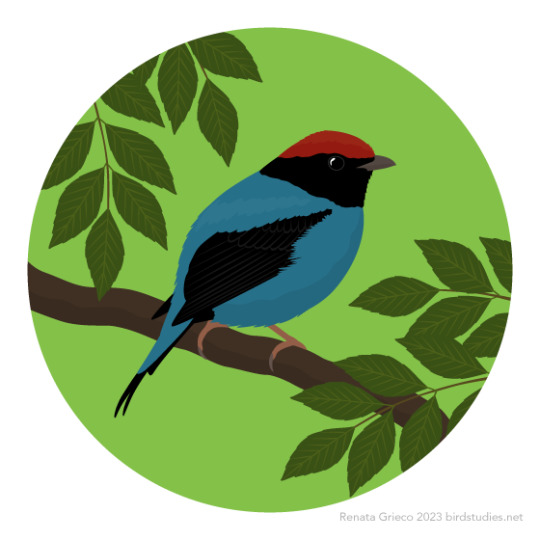
September 24, 2023 - Swallow-tailed Manakin or Blue Manakin (Chiroxiphia caudata)
Found in parts of southeastern Brazil and Paraguay and northeastern Argentina, these manakins live in and around forests. They feed on small fruit and insects, picking food from surfaces in short flights or sometimes while perching. Males display in groups of three or occasionally more, jumping and hovering in turns in front of a female, though one dominant male is usually the only one of the group to breed with her. Their nests are built from dry plant fibers, root-like fungal structures, moss, and dry leaves in small trees or shrubs. Females lay clutches of two eggs.
#swallow-tailed manakin#blue manakin#manakin#chiroxiphia caudata#bird#birds#illustration#art#tropical#birblr art
64 notes
·
View notes
Text
BOTD: Golden-collared Manakin
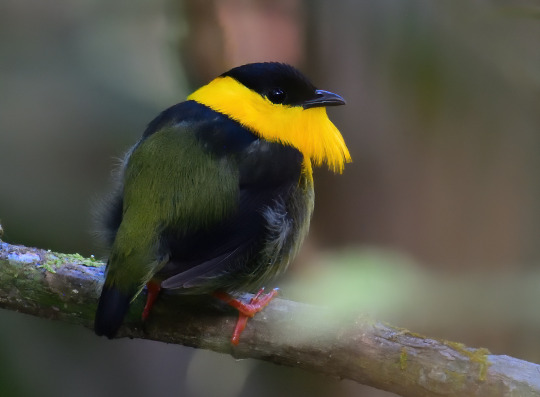
Photo: Ad Konings
"A small, plump, and short-tailed manakin with a restricted range in Panama and western Colombia. Males are striking with a bright yellow throat and collar, a black cap, and a black back with greenish rump and belly. Females are entirely olive-green with red legs and dark bill and eye. Occurs in dense understory of forest, second growth, and edges. Males gather in groups to display for females; otherwise most likely to be found at a fruiting tree or sitting quietly in the lower levels of forest."
- eBird
#birds#golden collared manakin#birds of north america#north american birds#manakins#passerines#birds of central america#manakin#birdblr#birblr#bird of the day#Manacus vitellinus
44 notes
·
View notes
Text

"WHOA! B-birds? TINY birds?! Wh-what... ARE they?!"
(actually called the araripe manakin...)
#birdblr#my art#birds#cute#fantasy#manakin#araripe manakin#groose#loz#legend of zelda#avian august#avian august 2023#avianaugust2023
33 notes
·
View notes
Photo

"Each night, the artificer tucked the little doll into a locked drawer. Each morning, she awoke to find it waiting beside her with some new bauble."
—"The Artificer's Apprentice"
-Manakin
28 notes
·
View notes
Text

Araripe Manakin (Antilophia bokermanni)
4 notes
·
View notes
Text
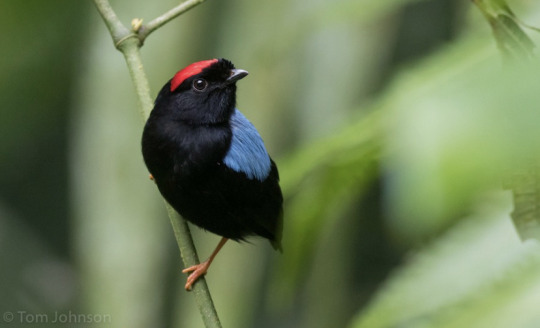

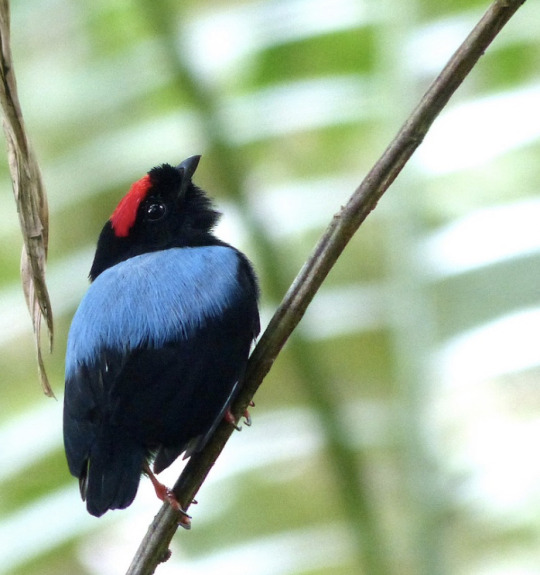

the blue-backed manakin is a small passerine bird found in deciduous forests of tropical south america. the species is named for the male’s distinctive plumage, with a bright blue back on a black body, with a red-accented head; females are primarily olive green. they are almost identical to the lance-tailed manakin, but lack that species’ distinct namesake tail feathers. this species primarily feeds on fruit and insects. they are known for their elaborate breeding performances, like other manakins; however, uniquely, dances to win affection from females are not performed competitively, but collaboratively. up to eight male manakins will dance together in a ‘lek’ (nest or burrow-like construction made solely to perform mating dances) to impress a female.
813 notes
·
View notes
Photo

Kinglet Manakin
577 notes
·
View notes
Text

Araripe Manakin (Antilophia bokermanni), male, family Pipridae, order Passeriformes, endemic to Brazil
ENDANGERED.
photograph by AQUASIS
765 notes
·
View notes
Text

15 notes
·
View notes
Text

Hey there, sailor
#pentax#pentax kp#50 mm#50mm#seattle#seattle underground#manakin#cash register#antique#antiques#washington#washington state#type writer#typewriter#black and white photography#black and white
3 notes
·
View notes
Text

June 26, 2023 - Red-headed Manakin (Ceratopipra rubrocapilla)
Found in parts of Peru, Bolivia, and two separate areas in Brazil, these manakins live in lowland forests. They eat small fruit and insects, picking food from surfaces in flight, alone or in small flocks. Males perform complicated courtship displays in groups, known as leks. Females lay clutches of two eggs.
#red-headed manakin#manakin#ceratopipra rubrocapilla#bird#birds#illustration#art#tropical#birblr art
62 notes
·
View notes

